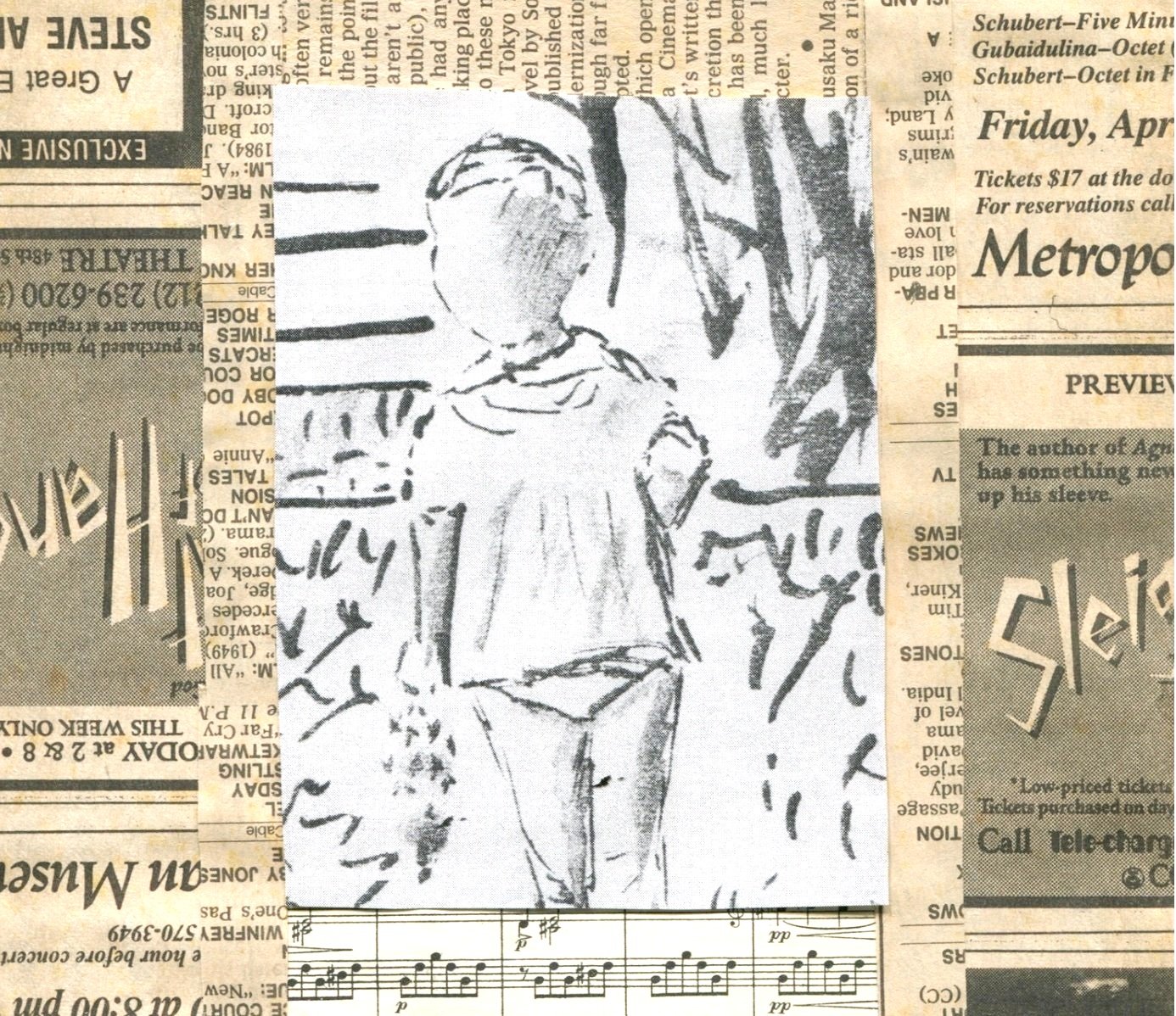When I was a psychology intern, one of the psychiatrists on the unit used to describe the problems of most of the inpatients as a “closesness-distance” problem. They couldn’t find the right distance from people—people were either too close or they were too far away. This dilemma always reminded me of animals who had been treated badly—the cat wanted to get close to you, but when you tried to pat it, it would run away.
Trauma almost always creates a closeness-distance problem, especially repeated trauma. Surviving trauma requires creating protections—and many of these protections are about keeping others out. It doesn’t mean that there isn’t the longing for closeness—or the longing for connection. But the protections that were in place for so long meant that you lost the practice of connecting. Lost the practice of letting people close—letting in the love from others.
I am thinking about this because the holidays are upon us. We are in the midst of Hanukah and Christmas is approaching. It is the season of giving. And it is also the season of receiving. And where trauma creates a closeness-distance problem, it also usually creates a giving-receiving problem.
Giving and receiving are really the actions of closeness-distance. In mundane terms, giving and receiving can be merely acts of communication or acts of everyday care. And for people who have experienced trauma I have noticed something important: they often can give, but they can’t receive. They can reach beyond their walls, but their walls don’t let anything in. It’s not plain stubbornness, or even deliberate protection: it is a sheer lack of practice. It is a lack of neural pathways. It is a lack of brain receptors for the good, for the positive, for the kind.
It is why if you love someone who has experienced trauma, they never seem to hold on to the good things that you say or do. You tell them you love them, you tell them the good you see in them, you do kind things for them. And when they are upset they say that no one loves them. It is as if they don’t remember anything you said or did. And this can be horribly frustrating for everyone.
It’s not that they didn’t hear you when you said it. It is that it didn’t stick. They couldn’t feel it, and it couldn’t register as a real memory. This is why the work of healing from trauma is so important—so you can get to a place of taking things in. And it is why it takes a long time. Because you are, literally, rebuilding a brain.
So I think it is really important at the holidays to acknowledge how hard it can be to receive. Because receiving a gift is risking closeness. It is the hurt cat risking being patted. But if receiving is to be healing then you have to slow down and breathe and take in the kindness as much as you can. And you don’t have to start with gifts. Start with anything people give you: a smile—breathe, take in the smile and smile back. Or hello, or Happy Holidays, or Merry Christmas! Each time someone gives you the gift of any kindness—acknowledge the gift, breathe and take it in like a long drink of water. Drink it way, way into your roots like a tree that has lived through a drought. Because it has. The thing about healing is there isn’t a state of hurt and then a state of healed. Healing is about creating a constant state of mending.
And if you are someone for whom the whole receiving thing is too scary or too overwhelming—then practice with giving. Giving can begin to help you build your closeness-distance muscles. But you need to work on feeling the feelings that go with giving for you. Say something kind—breathe and feel the kindness you are giving. Do something kind and take in the feelings of the action. The practice of giving can prepare you to eventually work on the practice of receiving.
Understanding the impact of trauma on giving and receiving can give you a way to understand some of the stress that can come up at the holidays. It can help you be more compassionate with yourself or your loved one who has experienced trauma. it can help you slow down and actually begin to heal through the holidays, rather than protect yourself from them. You can use the moments that the stress flare up as a way to help yourself check in and say, “What’s happening right now for me? Too Close? Too Far Away? Difficulty Giving? Difficulty Receiving?” These questions can give you a way to talk with yourself differently and ways to coach yourself differently. The questions, and the answers to them may also give you language to talk with your loved ones about the holidays and the more mundane days of giving and receiving.
© Gretchen L. Schmelzer, PhD 2022/2015




